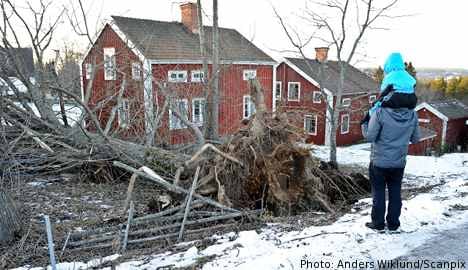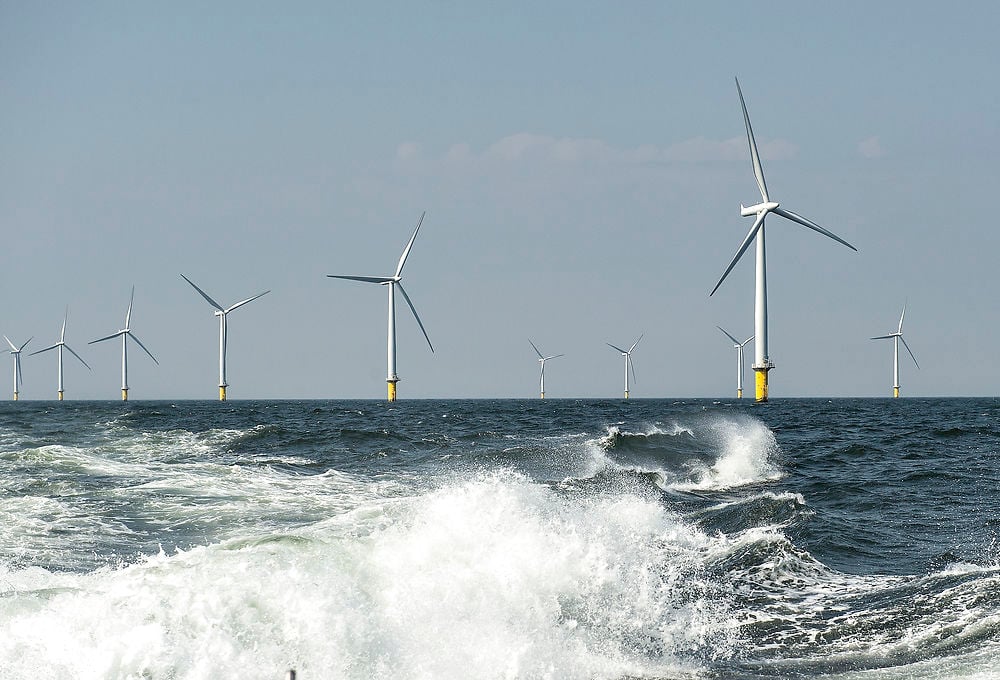Many customers of Fortum power company, in central Sweden, were affected the worst, where more than 3,000 households are still without a functioning phone line.
Many were forced to welcome the new year by candlelight and by the night sky, illuminated by fireworks.
Inga and Hans Gilljam in Varberg, in south Sweden, were among those who finally got their power back, but by then it was too late to save their TV, freezer and refrigerator.
“The fridge and freezer don’t work, the TV, a record player and a clock radio are ruined,” Inga Gilljam told news agency TT.
“We sort of evacuated the food we had in the freezer to our friends and acquaintances on the second day [without power], the fridge we’ll just have to do without. It’s complicated but it works.”
On the afternoon of New Year’s Day, 250 of power giant Eon’s subscribers in the storm affected areas were still without power, while Fortum had about 450 subscribers without power.
However, Fortum has promised to have power back at the very latest by Monday.



 Please whitelist us to continue reading.
Please whitelist us to continue reading.
Member comments